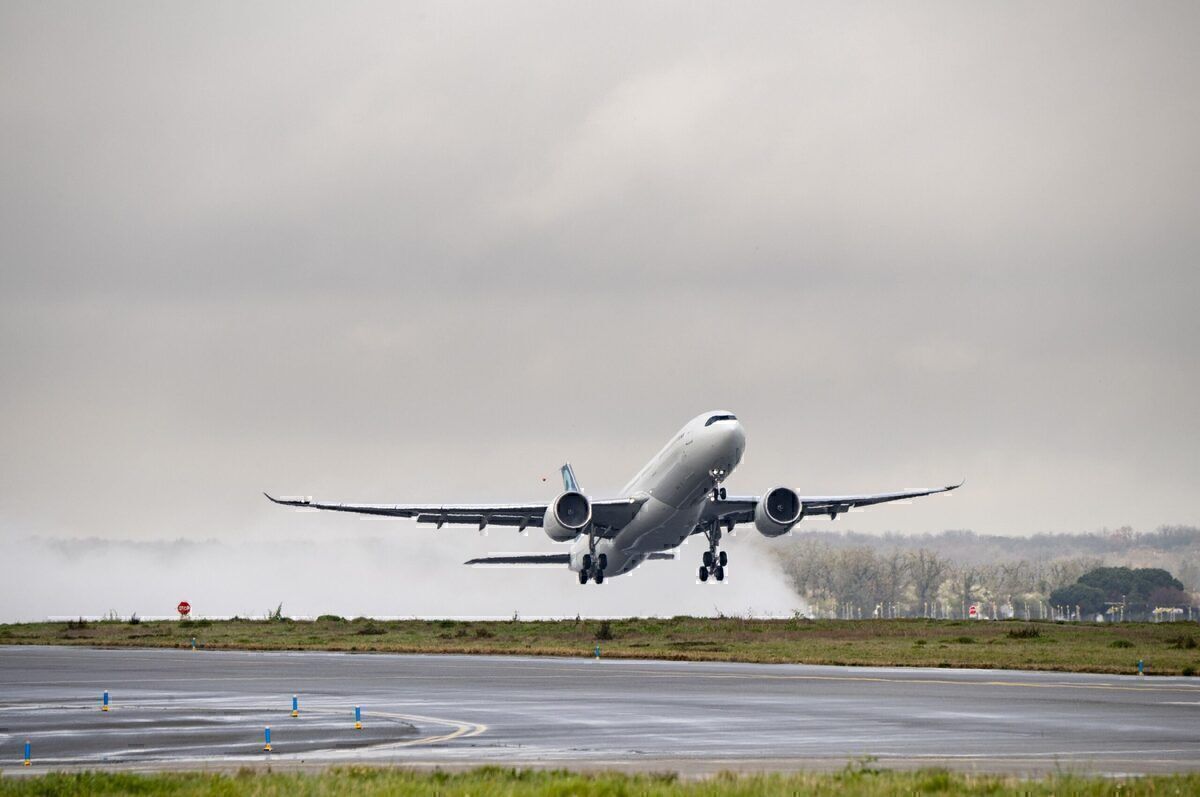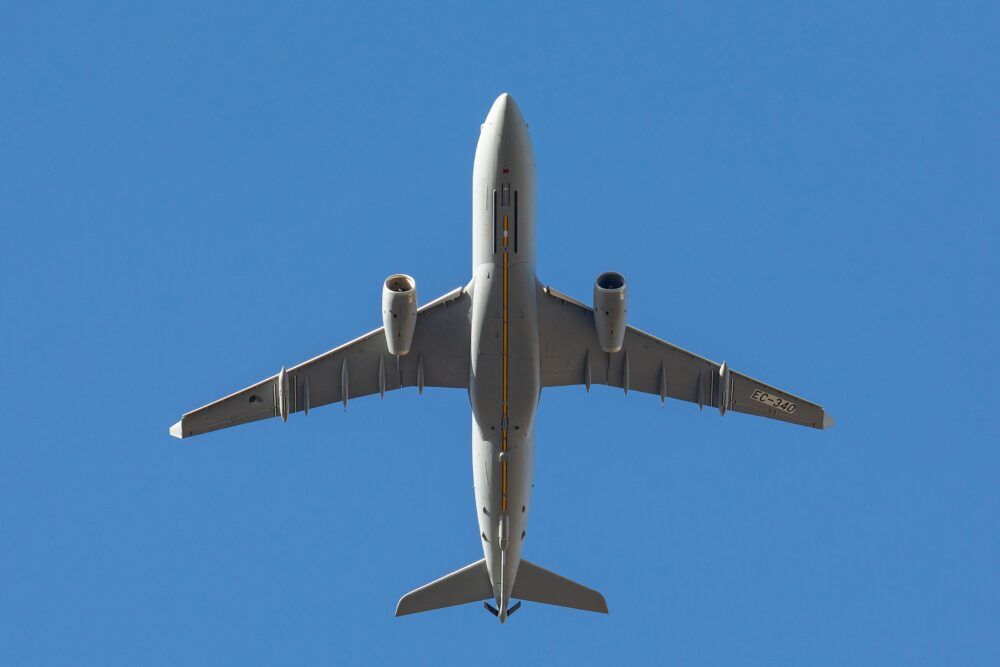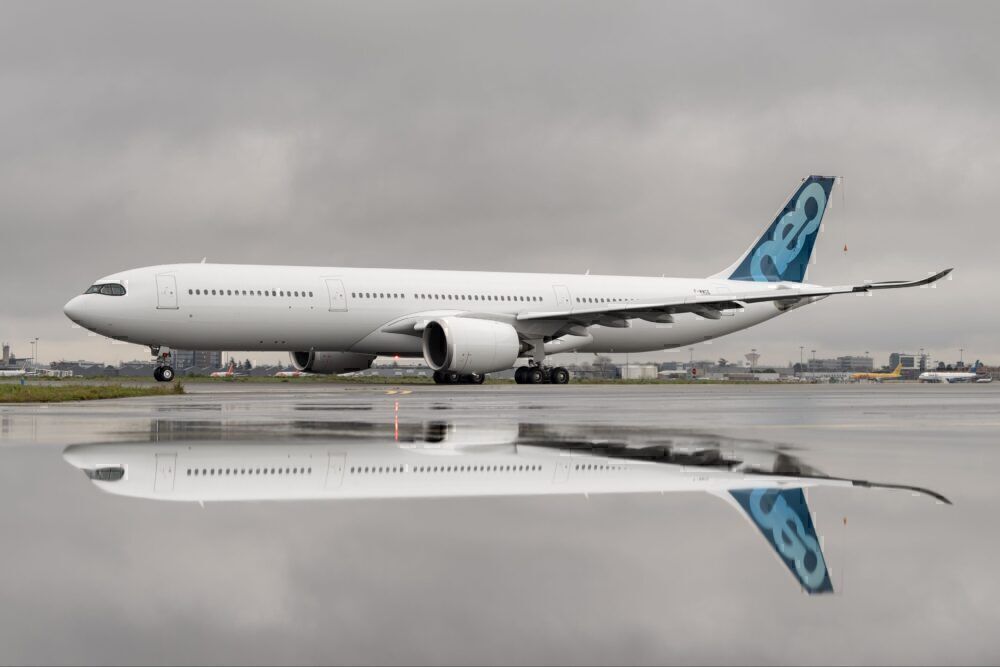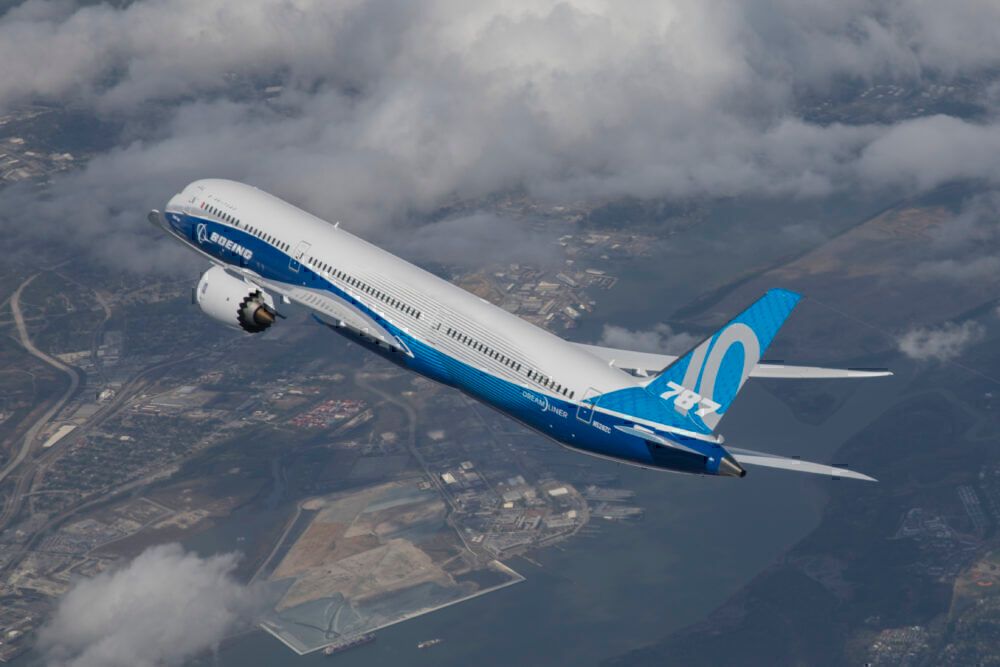The A330 is Airbus' most successful widebody aircraft and the first to reach the 1,000 order mark for the manufacturer. The plane's early success pushed Airbus to consider further variants, including one fascinating one. The A330-600 would be the "super-stretch" version, which could seat more passengers more efficiently.
Thinking ahead
The A330-600 was first considered in 1996, soon after the smaller A330-200 was announced. This aircraft would use the A340-600's 22-frame stretch and offer new 90,000lbf engines, according to FlightGlobal. The extended airframe would have likely allowed the plane to seat over 400 passengers with a higher range than the A330-300.
This aircraft would have directly competed with the upcoming Boeing 777, which featured the new GE-90 engines and could anywhere between 400 and 500 passengers. Combined with the A340 project, Airbus would have an aircraft type for every part of the market.
However, Airbus decided not to develop further variants of the A330 at the time, investing in the A340-600 instead. At the time, Airbus believed four-engine aircraft (like A340 and A380) were the future of airliners, making a high-capacity, twin-engine plane contradictory. This left the A330-600 project abandoned, along with a host of other A330 variants.
Stay informed: Sign up for our daily aviation news digest.
Further development
While Airbus ditched the idea of an A330-600 in the last 1990s, it later regretted the decision and went on to launch two new A330 variants. The A330neo family (the -800 and -900) was Airbus' response to the popular Boeing 787.
The new A330neo can seat up to 440 passengers and comes with the Rolls-Royce Trent 7000 engines, with a thrust of over 72,000lbf. The plane does share its fuselage size with the A330-300, separating it from the super-stretch A330-600. However, the re-engineered engines and longer range could be inspired by the proposed variants.
While the A330neo family does offer some unique features, it has struggled to gain the same popularity as the 787. As of October, airlines have ordered 332 A330neos, nearly all of which are for the larger A330-900 (only 14 -800s are on order). However, could Airbus have found more success if it developed the A330-600 in the 1990s instead?
A different future
The decision not to develop the A330-600, or a similar aircraft, proved disastrous for Airbus in the 2000s. Airlines quickly flocked to the newly developed 777 after it received extended ETOPS approval for long-haul flights. Soon after, Boeing released the 787, which found even more success among carriers due to its modern design and high efficiency. This left Airbus at a severe disadvantage in the widebody market, which was only reversed with the introduction of the A350.
As the future of widebody aircraft once again comes into question, Airbus is not hesitating to build small aircraft anymore. The launch of the A321LR and XLR signals that the manufacturer is preparing for a future without jumbojets, ensuring it does not make this mistake again.
What do you think about the A330-600? Could it have competed against the 777? Let us know in the comments below!




